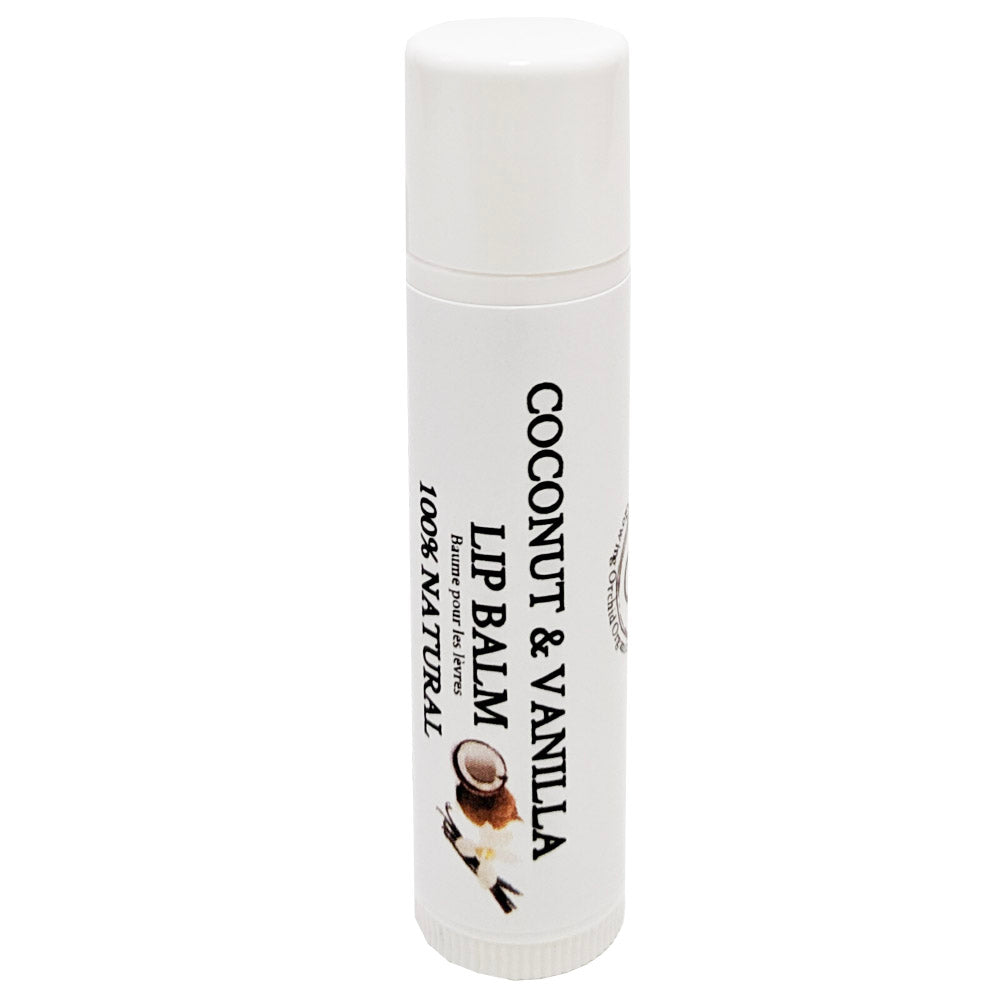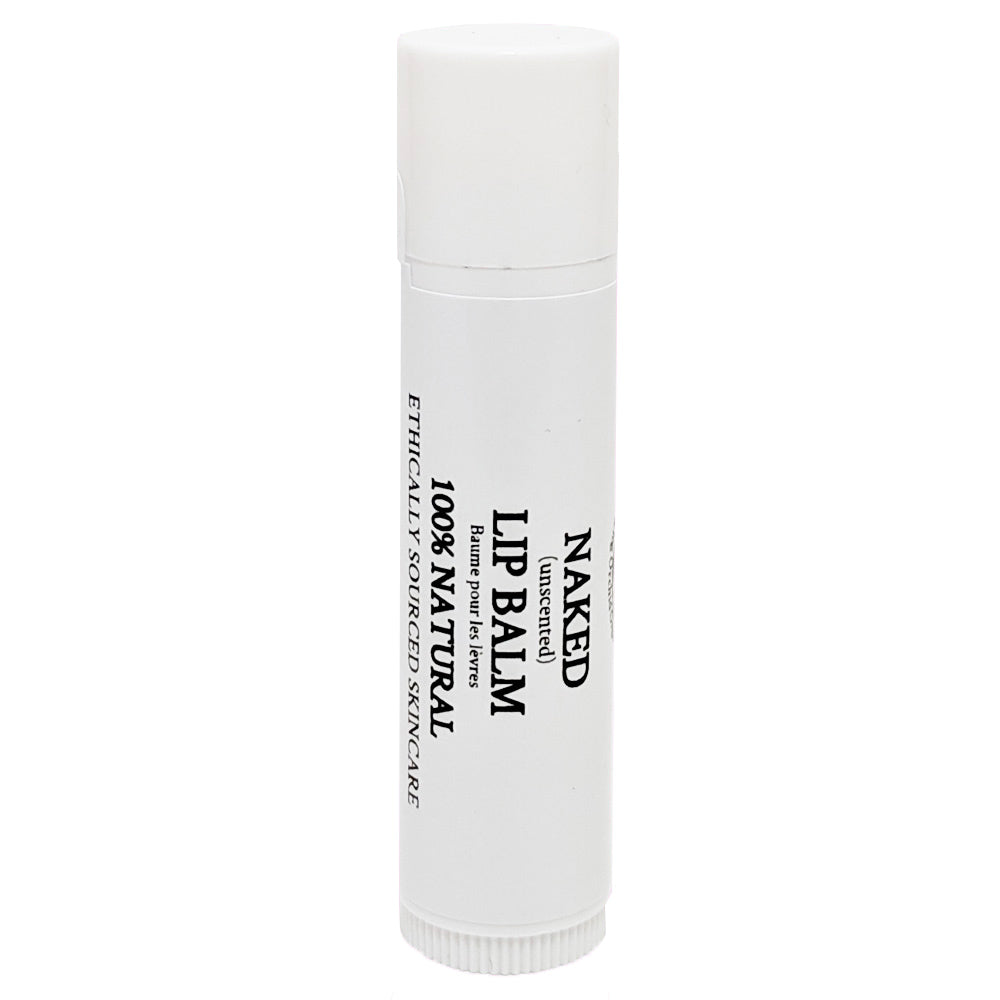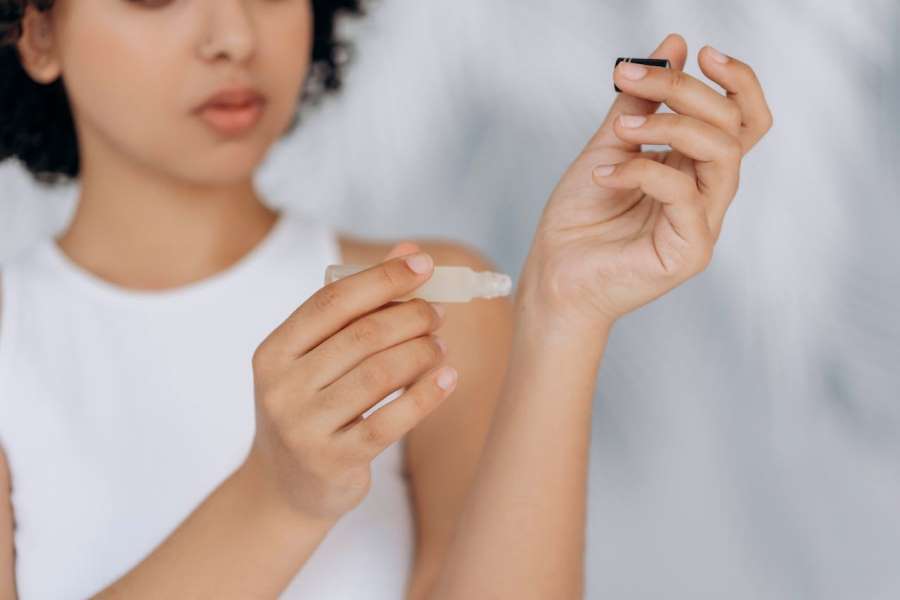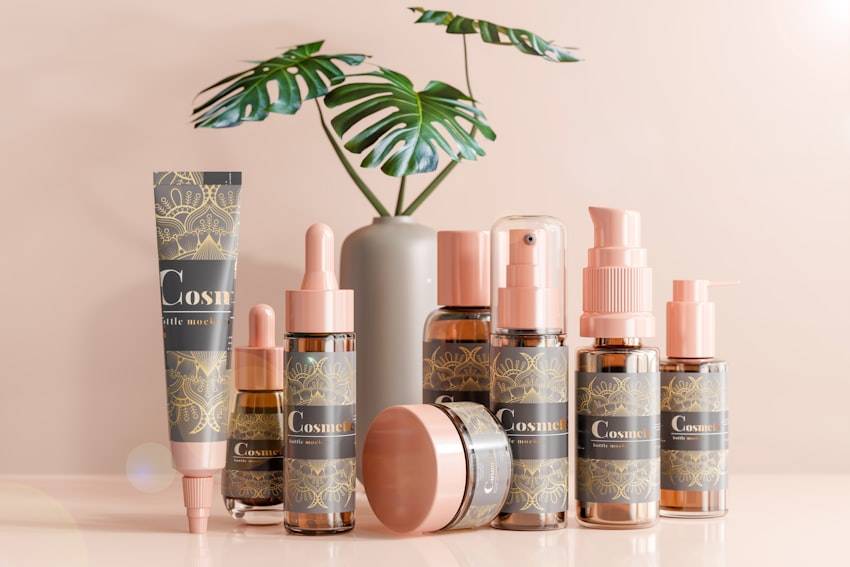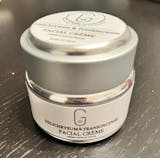As the days grow warmer in the northern hemisphere and everyone’s packing for sunny holidays, I have an important question for you:
Are you choosing your sunscreen right?
Like many people, I didn’t think too much of this before. I thought you just slapped on some sunscreen and got on with your day. That is, until I read from the Canadian Skin Cancer Foundation that 80,000 skin cancer cases are discovered in Canada every single year! I shudder just recalling this.
What’s more, I realized that sunscreen is so often misunderstood and misused. One scientific poll found that less than half of people understood how sunscreen works and what SPF numbers mean. So it got me thinking, Am I choosing and using sunscreen right?
I found important info that was new to me – and could be surprising to you, too.








